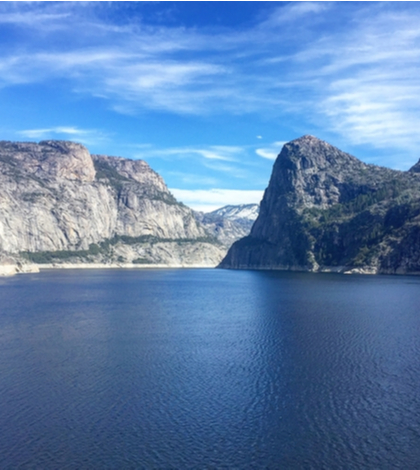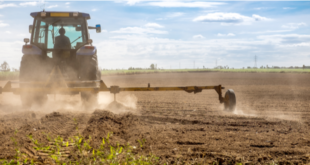Oh, what a difference a year can make!
A year ago, at the start of Water Year (WY) 2019 water storage in the State Water Project’s (SWP) largest reservoir, Lake Oroville, was at just 62 percent of average. Although many of the state’s other large reservoirs were posting better averages, water managers and state and federal agency staff were concerned that California may be headed into another drought.
Whereas the next California drought is not a matter of “if” but rather “when,” the concerns of a year ago have been put to rest for the short-term. California began its WY 2020 on Tuesday with significantly more water in storage than the previous year thanks to above-average snow and precipitation.
“The significant rainfall and snowpack made for a great water year in 2019, so we start the new year in a good place,” said Department of Water Resources (DWR) Director Karla Nemeth. “However, we all know too well that California’s weather and precipitation is highly variable. What we could have today could be gone tomorrow. Conserve. Recycle. Recharge. People and the environment depend on it.”
Several factors contributed to the state’s robust averages to begin WY 2020. Among them are the more than 30 atmospheric rivers with many making landfall in northern California in 2018-19 and the state’s snowpack which measured 175 percent of average on April 1.
Current statistics for the state’s largest reservoirs, 2019 versus 2018, include:
- State Water Project’s reservoirs –
- Lake Oroville — 102 percent of average versus 62 percent of average
- Castaic Lake — 112 percent of average compared to 108 percent of average
- Central Valley Project’s (CVP) reservoir:
- Shasta Lake — 126 percent of average versus 88 percent of average last year
San Luis Reservoir, the largest off-stream reservoir in the United States where water is stored for both the SWP and CVP, is at 132 percent of average compared to 117 percent of average last year. Statewide reservoir storage is 128 percent of average through the end of September (the end of WY 2019) which is approximately 29.7 million acre-feet. Rainfall and snow totals help in determining annual allocations for the State Water Project.
For additional information on the state’s water storage and the state’s largest reservoirs and weather stations, visit DWR’s California Data Exchange Center website at: http://cdec.water.ca.gov/reservoir.html.
 California Water News Daily Your Source For Water News in California
California Water News Daily Your Source For Water News in California


